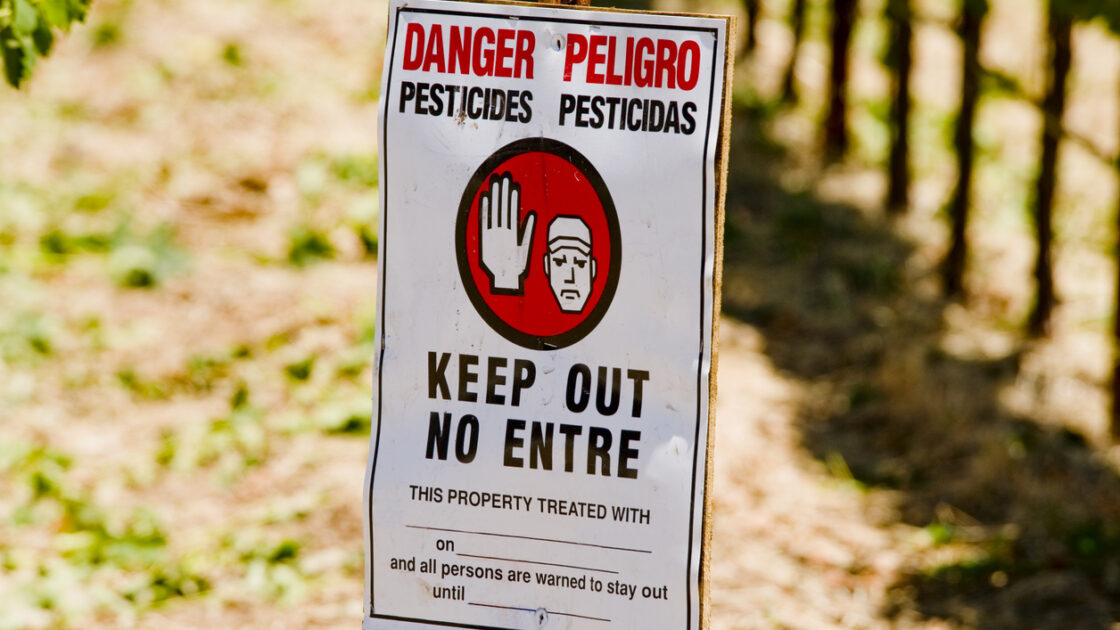EPA Bans 72 Pesticide Chemicals, Some Linked to Cancer

Seventy-two inert yet common pesticide ingredients have been removed from the Environmental Protection Agency’s approved chemicals list, the agency announced this week.
While the list of banned chemicals isn’t likely to affect sales or usage of herbicides, pesticides, or fungicides, the decision is a victory for environmental organizations that sued the agency in 2006 seeking disclosure on the list of inert ingredients.
The Center for Environmental Health, Beyond Pesticides, and Physicians for Social Responsibility filed the suit against the agency, and earlier this year a judge ruled in favor of the EPA, stating that the agency did not have to disclose the list of chemicals.
But the lengthy legal battle proved fruitful for the groups: while the EPA began a regulatory process for the chemicals after the suit was filed, it changed its position in 2014, allowing for a more voluntary approach by the chemical industry and “helping pesticide manufacturers to use less hazardous inert ingredients and lowering the number of allowable chemicals,” reports Bloomberg BNA. That process, though, finally led to the EPA reversing its safety assessment on more than seventy chemicals.
Though the ingredients are considered inert, the groups involved in the suit identified more than 370 ingredients, including the ones now banned, that they considered hazardous as indicated by various statutes and authorities, “including the Emergency Planning and Community Right-to-Know Act (42 U.S.C. § 1102(a)) and the Federal Insecticide, Fungicide and Rodenticide Act (40 C.F.R. 166),” Bloomberg notes. “Many of the ingredients have been deemed carcinogenic or possibly carcinogenic by the International Agency for Research on Cancer.”
“EPA has recognized for years that consumers and users of pesticide products need more information about product ingredients in order to keep themselves and families safe, and in order to make better choices about whether to buy a particular product, and when and where to use it if they do,” said Yana Garcia, an environmental attorney at Earthjustice.
“But EPA took action to remove these 72 ingredients because they are no longer in use. We hope that EPA can continue its efforts to remove ingredients in pesticides that it knows are toxic and still in use in hundreds of products across the country.”
A complete list of the removed ingredients can be found on the EPA’s website.
Find Jill on Twitter and Instagram
Related on Organic Authority
Neonicotinoid Pesticides’ Impact on Bees Could Mean the End of Tomatoes
18-Year Study on Bees Finds Controversial Pesticides Most Harmful
GMO-Free Cheerios Test Positive for Monsanto’s Roundup Herbicide

